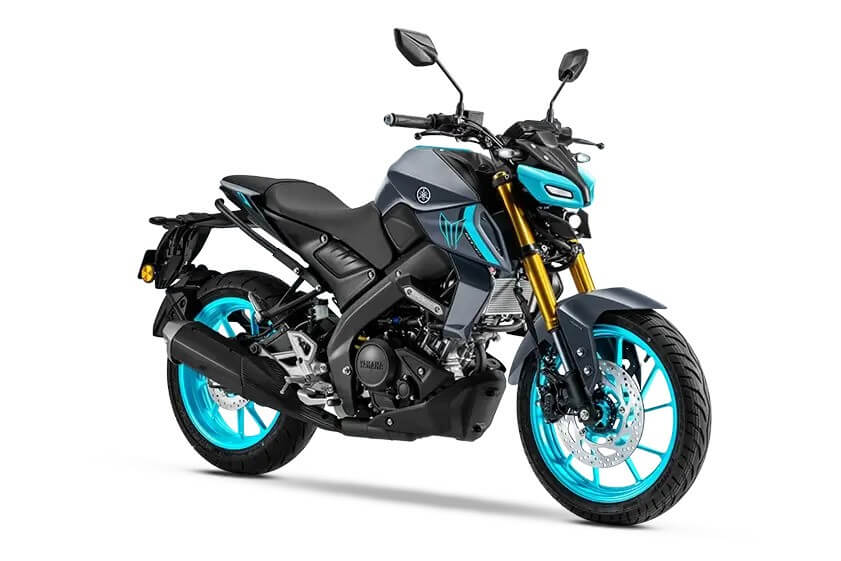The past few decades have seen a sustained shift away from traditional linear power supplies and toward switch-mode ones, of the sort sold in various forms. Switching supplies confer a number of advantages, not least of which are improved efficiency in a smaller package. But it’s their reliability and durability which has seen them adopted extensively for industrial and safety-critical applications, like in rail signaling.
What is a switching mode power supply?
Traditionally, a linear supply takes a high-voltage AC signal and steps it down before converting it into a DC one via a network of rectifiers and capacitors. By contrast, a switching mode power supply will convert the signal first before stepping it down.
A switching mode power supply monitors the output voltage and makes tiny adjustments to the switching to regulate the signal. A linear supply, by contrast, will use a voltage regulator. Given the extent to which linear supplies dissipate power as heat (and thereby waste it), they require a bulky heatsink.
There are, however, downsides to switching mode supplies which render them unsuitable for certain applications. For example, the switching action creates audible noise at certain frequencies, which might interfere with certain broadcasting and musical applications.
What’s driving the shift toward switching supplies?
The efficiency savings made possible by switching supplies make them worthwhile in a range of applications. But it’s the ever-shrinking world of consumer electronics where the most pronounced benefits are to be found.
IoT devices are ubiquitous in both commercial and manufacturing settings, and they must often be made incredibly small – to the extent that the step-down transformer found in a linear supply would constitute an enormous proportion of the device’s overall weight. Switching DC-DC supplies allow such devices to be practical.
It’s also worth considering environmental concerns, which might trigger a tightening of regulations in favor of efficiency in the coming years.
Action by governments across the world might help to push switching supplies and to spur on consumers and businesses looking to replace older devices with more efficient new ones. Linear supplies tend to work at around 25% efficiency; switching ones, potentially, push this figure all the way up to 90%.
What’s in Store for the SMPS?
By 2026, some estimates suggest that the market for switching power supplies globally will have topped $1.8 billion, which amounts to a growth of 4.3% CAGR. The demand for electronics equipment isn’t likely to abate any time soon; likelier, it’ll skyrocket as more and more computers of varying sizes are introduced into workplaces, and business becomes more and more reliant on wireless devices.
With remote working set to become a permanent fixture, this trend is only going to accelerate, despite the disruption to the global supply chain brought about by the Covid-19 pandemic.
-
Realme C63 with 50MP Camera Now Available in NepalHIGHLIGHTS The Realme C63 price in Nepal is Rs. 15,999 (4/128GB). It is powered by…
-
Yamaha MT-15 Version 2.0 Expected to Launch Soon in Nepal: Find Out What’s NewHIGHLIGHTS Yamaha MT 15 V2 price in Nepal is expected to be around Rs. 6…
-
Yamaha Aerox Review: Fast and Fun with R15 at Heart!TechLekh Verdict Yamaha Aerox 155 is an outstanding scooter that combines power, style, and advanced…





















